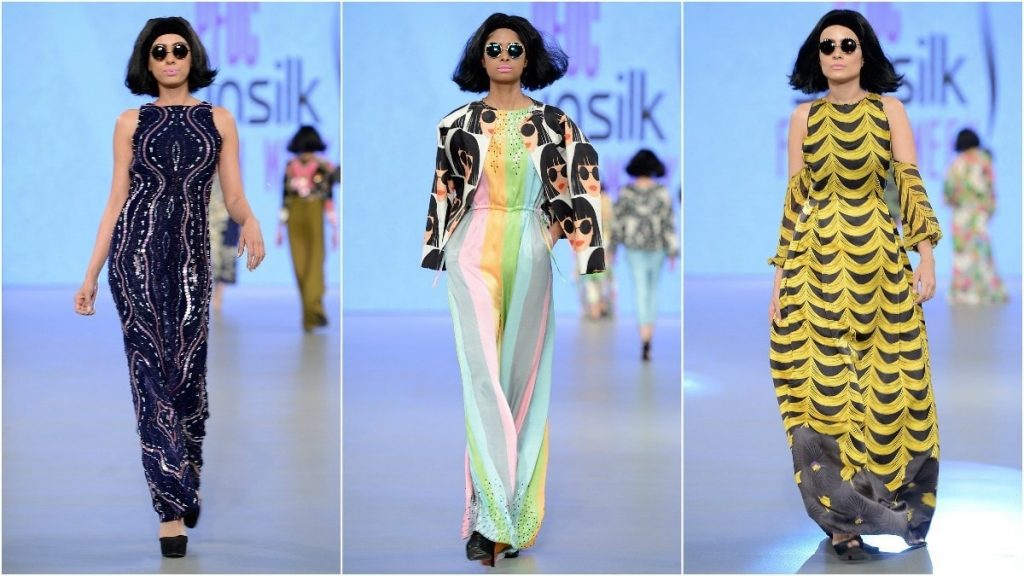Inspiration is taken from the concept or from a vague sketch, whereas plagiarism is taken from the end result, a good designer knows the difference, and understand that naming another’s creation under his/her name is unethical. Gaurav Goswami explains what is making fashion industry murkier.
The world of fashion that conjures up images of bright colourful designs and patterns in terms of items of clothing and accessories is an embodiment of sociology, culture and economics. This world considered a domain of creative and innovative individuals has always been plagued by plagiarism, because the line that divides copying from inspiration is very easy to transgress. The dilemma stems from the correct notion that copying from the masters is an accepted part of learning process, as it trains the technical muscles, and opens the designer to various view points, but the notion negates its true value when designers pass off someone else’s work as their own.
The reason for the rise of fast fashion is the change in the fashion scene. Earlier designers would attempt to predict consumer demand and preferences before their product were released in stores. But over the last few years, the designers have begun to compete with each other by being the first to release a trend in the market. The change has come from the alteration in behaviour of the consumer who now wants to buy the latest fashion items as soon as possible. This has led to an increase in the number of the fashion week all over the globe, and the dwindling of mass production.
This scenario presents fast fashion designers an opportunity (the gap between high-end designer products displayed at the various fashion weeks and the same goods reaching the stores for general consumer) to produce the product quickly and deliver it to stores shelves before the high-end designers have a chance to sell their product. Now with smart phones, emails and the option of streaming fashion shows online, fast fashion retailers can quickly obtain photos of high-end designs and transmit them to manufacturers; who then create cheap, low quality version of the original design.
There are various cases, both nationally and internationally, where in the name of affordable fashion clothing, industry has witnessed a rampant growth in replica of the high-end designer wears. For instance, Ricky Roy, an unknown fashion designer, rose to fame when Bollywood starlet Kangana Ranaut was spotted wearing his creations on and off the red carpet. The creation in question was an imitation of international label Valentino. Similarly, Nalandda Bhandari was accused of showcasing, a black Marchesa dress, copycat dress, on the runaway as part of her collection at a reputed fashion week. Surily Goel was called out three times for blatantly copying others’ designs. Suneet Verma was accused of plagiarism as one of his gowns had a striking resemblance to a creation by Zuhair Murad. In the international arena, fashion retail giant Zara was accused of copying several of Tuesday Bassen’s works. In another instance, Yves Saint Laurent (YSL) was taken to court by Christian Louboutin over the use of his signature red sole on one of his designs.
In Chandni Chowk at Old Delhi, there is a wholesale market infamous for counterfeiters who sell replicas of creations by Tarun Tahiliani, Sabyasachi, Manish Malhotra, Hemant & Nandita and Shyamal & Bhumika, at half the prices, thus signifying the thriving market for copied designs. It is not that high-end designers have not come forward naming and shaming the accused. From Rohit Bal, the first Indian designer to copyright his entire collection, to Amit Aggarwal many prominent Indian designers have raised voice against plagiarism in fashion industry.
It is one thing for a budding designers to fall and find themselves on the other side of the inspiration and face plagiarism charges but the problem goes to a whole different level when established names knowingly get caught doing wrong. And what makes this possible is the absence of copyright laws to protect individual designers for such violations. Fashion Design Council of India (FDCI) has extended trademark and patent laws to include creative elements within copyright laws. But the biggest problem is that one cannot copyright every single design he/she makes. The low-end designer, who duplicates, changes three to four elements in the creation resulting in law saying that it is inspired and not a blatant copy. The lack of regulation against plagiarism in the fashion industry has encouraged the imitators to steal other’s work and earn profit from it.
Claiming originality in fashion is complicated matter since most designers easily admit that their works are interpretations of previous eras and trends. So till more protective measures can be established, designers have to look out for more creative ways to shield their work from the threat of imitators. Plagiarism is here to stay as long as there are designers who are looking for short cuts to success and high demand for the fake and sub-standard products.
________________________


